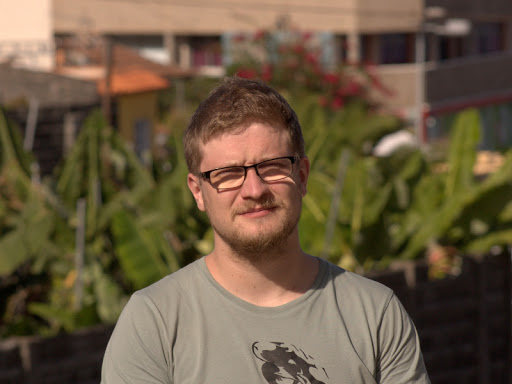Grigori Fedorets

Minimoons
Sometimes small asteroids become gravitationally bound to planets (also Earth!) on a temporary basis. These objects, colloquially known as minimoons are of high interest, as they are outstanding targets for space missions due to their relatively long accessibility in Earth's vicinity. Also, as a sample of the near-Earth object (NEO) population, minimoons can help resolve the size-frequency distribution of small NEOs.
My research highlights on minimoons include revising a population model for Earth's minimoons, investigating their detectability with the upcoming Legacy Survey Space and Time (LSST), and characterising the asteroid 2020 CD3, the second Earth's minimoon ever discovered.
Survey simulator for Solar System research with LSST
Legacy Survey of Space in Time (LSST) is the upcoming large astronomical survey that is expected to vastly expand the knowledge on different aspect of astronomy, including the Solar system. The knowledge of many small Solar System body populations is currently deficient: while objects can be observed serendipituously, it is sometimes not straightforward to draw conclusions on the entire populations based on these observations.
Constructing a survey simulator for LSST Solar System research will enable the scientists to make better predictions of different populations of small Solar System bodies. An application of the survey simulator could, e.g., include facilitating the resolution the ongoing dispute about the effect of the hypothetical planet nine on the orbits of distant small Solar System objects with LSST observations.
Gaia Solar System
ESA's Gaia mission is cataloguing the sky with unprecedented positional accuracy. One of its tasks is to discover new asteroids. I have participated in deriving and implementing a new orbit determination method for orbit computation and dealing with making follow-up observations more feasible by improving the accuracy of ephemeris predictions.